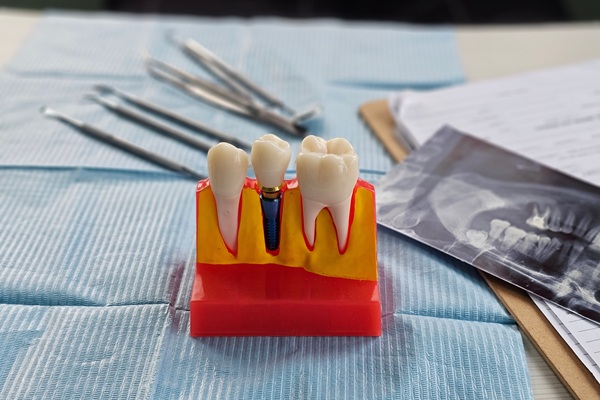Step-by-step Guide to a Root Canal Procedure

For many dental patients, getting a root canal can be scary. If you have long associated this procedure with pain and discomfort, it is time to understand how this process works. While there may be some soreness following the treatment, a root canal is not as rigorous as you may think. It can preserve teeth and keep infections from spreading through your mouth. Understanding the steps to this process can give you peace of mind and help you feel better about going through with it.
Conditions that may require this treatment
A routine dental appointment will not involve lengthy procedures. For a semiannual checkup, the dental staff will clean a patient’s teeth, take X-rays, examine the mouth for any problems and counsel the person on ways to maintain good oral health. If the dentist detects troubling conditions such as cavities, broken or chipped teeth or infections, additional work will follow. Endodontic treatment can help with some of the following issues:
- Significant decay where a filling would be insufficient
- Infection in the roots
- Infection affecting the blood vessels and nerves of the teeth
Symptoms that signal a person needs a root canal
It can be difficult for people to detect they have a minor cavity. Smaller problems may not even be detectable. However, if a patient needs a canal, the signs are usually obvious. A severe, continual toothache is a common sign that this treatment is essential. Other warnings include soreness and irritation in the gums along with sensitivity to hot and cold. Also, if it hurts a person to chew, there is probably a serious issue that endodontic treatment can address.
Dental examination
In emergencies, the dentist can perform a root canal in one visit. In many situations, though, the dentist may prefer to split up the process into two or three parts. First, the root canal professional will thoroughly examine the patient’s mouth and teeth to detect the severity of the problem. A staff member will take X-rays of the area. These actions will help the dentist confirm whether to go forward with the procedure.
Clean it out
Often at a subsequent appointment, the dentist will numb the patient’s mouth with a local anesthetic. Once the medication takes effect, the dentist will drill into the infected tooth down to the pulp chamber. This will be removed, along with areas where decay and infection have infiltrated. The dentist will inject medication to kill any lingering infection. Next, the dentist will seal up the tooth to prevent further issues.
Cap it off
Some dentists may choose to put a cap or crown on the repaired tooth. This often occurs at a follow-up visit. During this appointment, the dentist may also test the patient’s ability to bite normally. This visit gives the person the opportunity to express concerns or discuss any side effects from the procedure.
No need to fear
The days of dreading this endodontic procedure should be over. While there can be some residual soreness in the days following the treatment, the process itself should not be painful. If you have intense pain or swelling in your mouth, contact your dentist. Do not endure these oral problems any longer.
Request an appointment here: http://www.sheats-endo-nashville.com or call Sheats Endodontic Group at (615) 526-2495 for an appointment in our Nashville office.
Check out what others are saying about our services on Google: Read our Google reviews.
Recent Posts
Tooth pain relief is often necessary when decay, infection, or trauma affects the inner structure of a tooth. In many cases, root canal therapy is the most effective way to eliminate pain, save the natural tooth, and prevent further complications. This procedure removes infected or damaged pulp, cleans the root canals, and seals the tooth…
When a root canal fails, a root canal retreatment must happen. Getting a root canal treatment is better than a dental extraction. If an endodontist sees that your tooth still has good bone support and healthy gums under or around it, a root canal can save the tooth. A root canal is a less expensive…
Tooth pain and dental trauma can be distressing and require immediate attention to prevent further damage and alleviate discomfort. An emergency endodontist specializes in diagnosing and treating severe tooth pain and trauma, offering expert care to save a tooth, relieve pain, and protect long-term oral health. When sudden tooth pain or injury strikes, seeking help…
A root canal cleans out infection from the interior of a tooth, but dentists will attempt other options, such as dental fillings, when possible. Therefore, it can be hard for patients to know when they may need a root canal or whether a problem can be solved in another way. The signs that you may…


